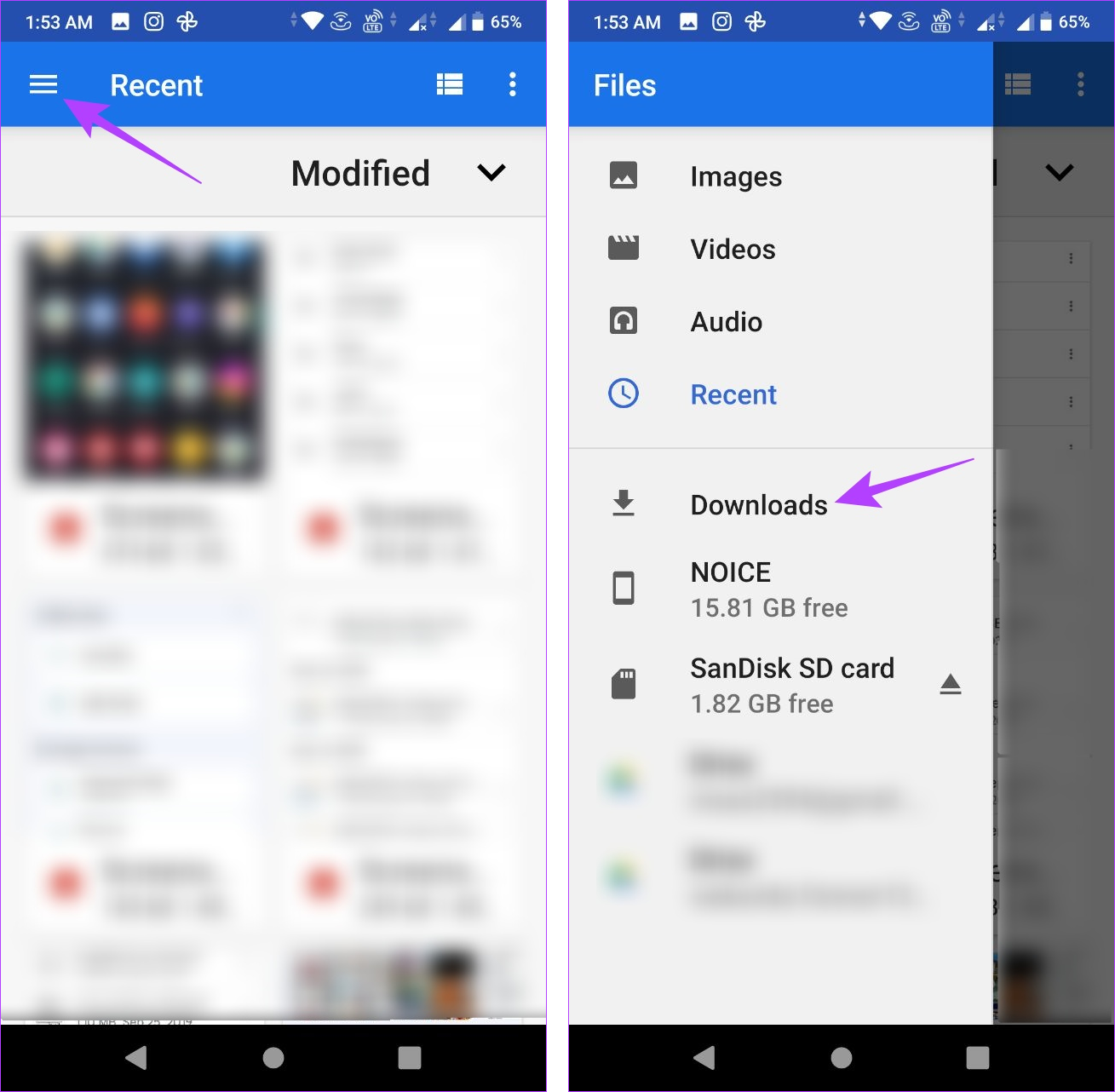where do files go when downloaded on android Things To Know Before You Buy
where do files go when downloaded on android Things To Know Before You Buy
Blog Article
Finding downloaded and install data on your Android device can be a obstacle. Easily, your phone can promptly end up being littered with pictures, videos, screenshots, and various other files. To maximize space on your gadget, it's necessary to track where your downloads are saved. In this manner, you can quickly determine and remove unneeded documents.

If you're having problem situating a essential data that seems to have vanished right into slim air, are afraid not! This overview is right here to assist you track it down and obtain your Downloads folder in order. Whether you're a honored owner of one of the top-rated Google Pixel phones or one more Android gadget, we'll show you how to promptly locate your downloads and keep them nicely arranged.
Find your downloads with the default data supervisor
Each smart device supplier may offer a slightly various integrated Android application for file management, but your experience needs to be comparable. If you have a Samsung phone, refer to our tutorial, which demonstrates how to discover downloads on your Samsung Galaxy phone.
Similar to various other popular os, Android has a assigned Downloads folder for keeping files. To find your downloaded documents on your gadget, follow these actions:
1. Open the Documents or My Data app from the home display or app drawer.
2. Seek a section called Downloads.
3. Tap it to check out the documents you downloaded.
Utilize the Data by Google application for your downloads
Several Android data supervisor applications on the Google Play Shop allow you to locate your downloaded and install documents. Documents by Google is one of the very best alternatives if you do not want to handle challenging UIs. It's additionally a good replacement for any type of default documents supervisor application preinstalled on your gadget.
4. Open the Data application.
5. Select the Browse tab at the bottom.
6. Tap Downloads.
7. Select the Download tab to see the data because folder.
Situate your downloads manually
Navigate to your phone's internal storage if you can't discover the storage place of the Downloads folder on the homepage of your documents supervisor application. Below's how you do it:
1. Open up the Data app.
2. Select the Browse tab at the bottom.
3. Scroll down and most likely to Internal storage.
4. Touch the Download and install folder.
Relocate your downloads to one more place
Transferring files out of the for numerous reasons, especially for files that hold sensitive or individual data. Positioning such data in their marked folder boosts their security and reduces the risk of unintentional deletion. Additionally, it assists stop them from being lost among the multitude of unrelated files you may download.
1. Open the Files app.
2. Navigate to your Download folder.
3. Tap the three-dot menu to the right of any file.
4. Choose the Move to option.
5. Tap Internal storage at the bottom.
6. Select any location or folder.
7. Tap Move here to transfer the file to that location.
Additionally, you that you can download on your tablet can utilize the Copy to feature and transfer these files to a different location. This enables you to create numerous copies without deleting the original files from your Download folder.
View the exact location of your downloadsM/b >
You may want to see the location of the Download folder for various reasons from time to time. Tap the three-dot menu next to one of your downloaded files and go to File info. The/ storage/emulated/0/ Download path is the default for many modern Android devices. Some third-party web browsers might save files to a different folder, but this should be the location for most downloads.
Managing your downloads is easier than you think
The Files app by Google is an excellent choice for those who appreciate a straightforward file management solution. With its user-friendly interface and simple features, this app effectively categorizes your files into different types such as downloads, images, videos, and audio. Additionally, it provides the option to remove unnecessary files.
When it comes to organizing and cleaning, you can create extra storage room by mastering the removal of unnecessary WhatsApp media files. On select Android devices, you have the option to add an SD card if storage space remains limited.
Report this page